
Hey, It’s Waylon “Joe” Kite here. I am a West Virginia native and a die-hard pickup truck fan. My story with trucks started with my dad’s 1989 Ford F-150, and it's still going on. I'll share all my trucking experiences (both great and gross ones) with you. I have a garage full of tools to fix and renovate trucks and a freezer full of ales. Do you want to join me?
How to install a tonneau cover? Tonneau cover installation is a practical and beneficial enhancement, offering protection and security to your cargo while enhancing the vehicle’s aesthetics.

Soft tonneau covers usually consist of a roll-up or foldable design, providing quick access to the truck bed.
Hard covers are constructed from durable materials such as aluminum, fiberglass, or hard plastic, providing enhanced security.
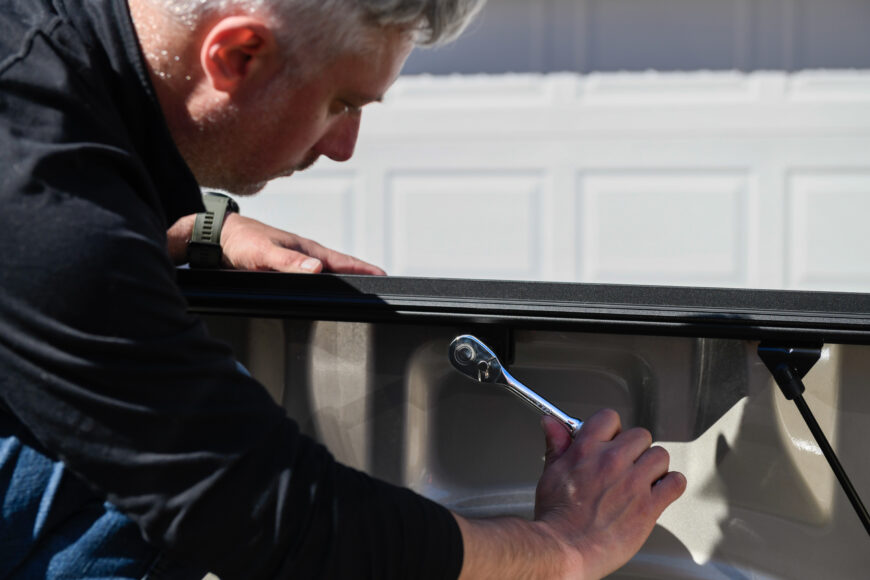
Folding covers typically consist of multiple panels that fold back, allowing for partial or full access to the truck bed.
Retractable covers can be rolled or pulled back into a housing unit, offering convenience and security.
Proper pre-installation preparation is essential for a successful tonneau cover installation.

Typical tools might include a socket wrench set, a tape measure, a drill with bits, a utility knife, and any specific tools recommended by the tonneau cover manufacturer.
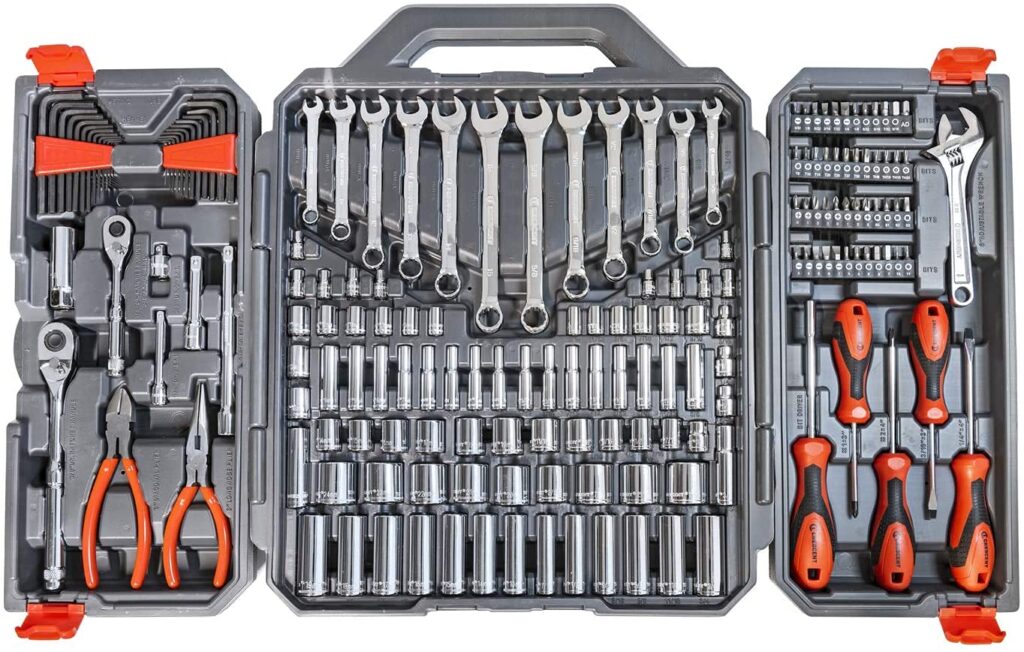
Additionally, ensure you have the cover itself, clamps or mounting hardware, and any additional components mentioned in the instructions.
Prepare the truck bed by thoroughly cleaning it before tonneau cover installation. Remove any debris, dirt, or dust from the bed’s surface to ensure a clean and smooth installation.
Attaching the cover rails (side rails) or clamps:
Securing the cover in place:
Understanding installation variations based on tonneau cover types helps users anticipate the specific requirements and complexities involved.
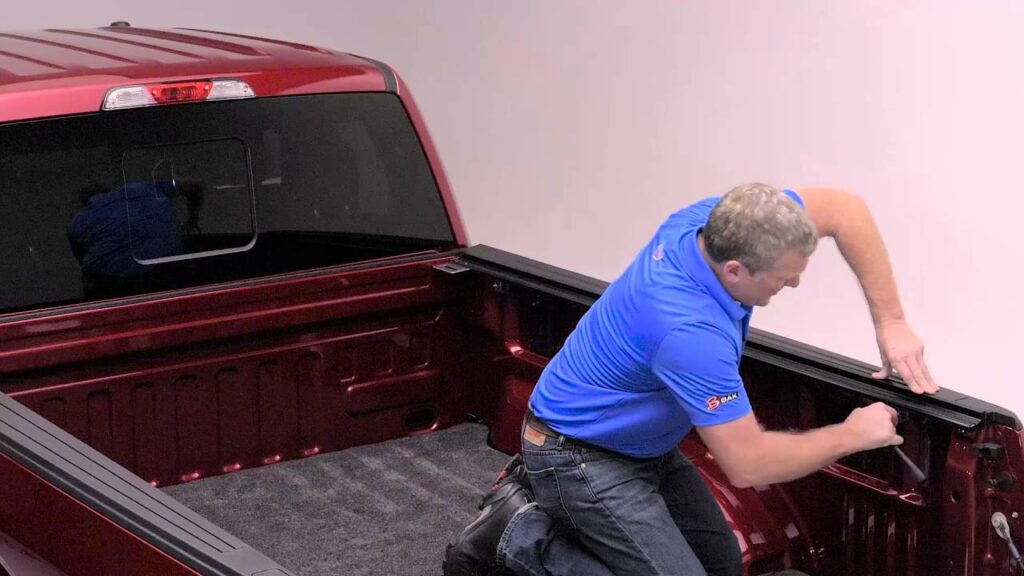
Installation method: soft covers typically involve a simpler installation process compared to hard covers. Roll-up and foldable covers often use clamps or rails that attach to the bed’s sides without drilling.
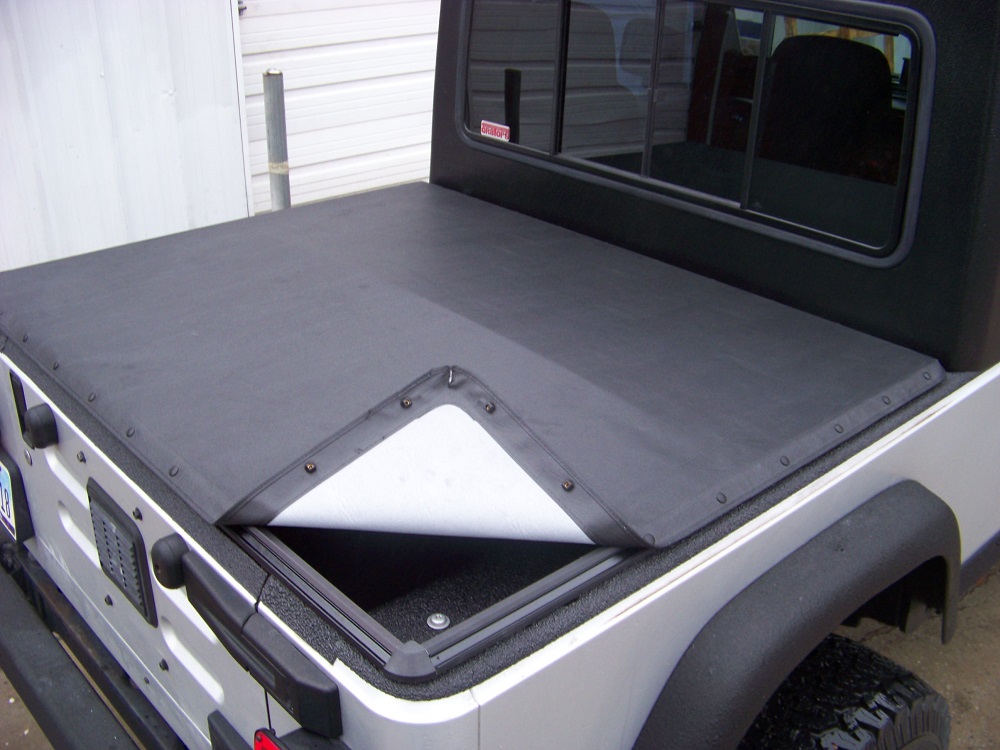
Flexibility: due to their flexible nature, soft covers may require adjustments to ensure proper tension and fitment to prevent sagging over time.
Considerations: some variations might involve the type of material used or the mechanism for securing the cover, such as hook-and-loop fasteners or snaps.
Installation complexity: a hard cover may require a more involved installation process, often involving drilling or mounting brackets to secure the cover to the truck bed.
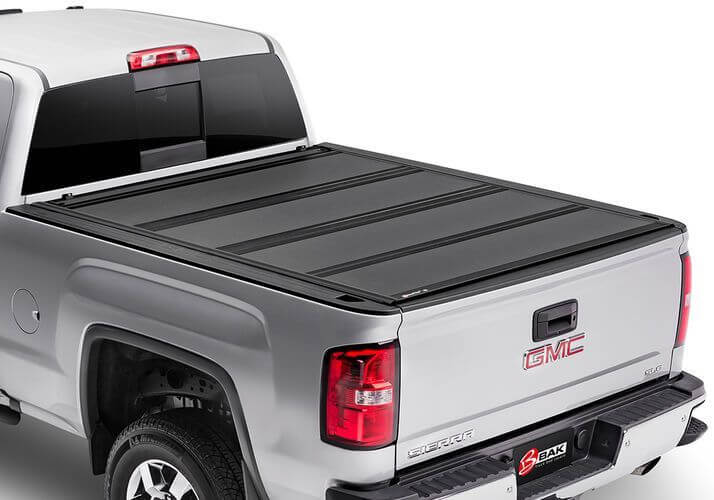
Precision and alignment: most covers of this type demand precise alignment during installation to ensure a proper fit and functionality. Proper sealing and weatherproofing may also be critical factors.
Security features: hard covers commonly feature more robust locking mechanisms for enhanced security, necessitating careful installation to ensure proper functionality.
Panel installation: folding covers have multiple panels that need to be connected and aligned during installation. This might involve attaching hinges or locking mechanisms between the panels. Release the rear-most part of the folded cover forward and flip it to lay flat on the other part to fold it.

Adjustability: the installation of folding covers may allow for adjustments in panel positioning to accommodate different cargo sizes or to achieve desired access to the truck bed.
Mechanism installation: retractable covers involve setting up the retracting mechanism, which might require more steps compared to other cover types.
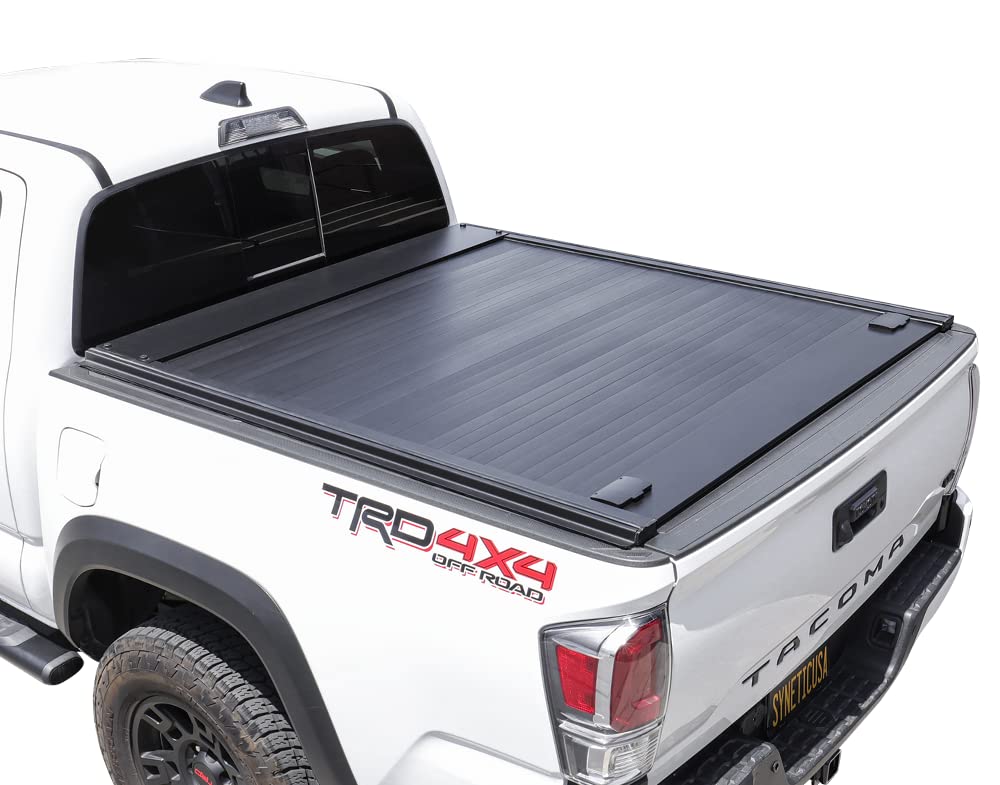
Motorized vs. manual: installation variations might arise based on whether the retractable cover is motorized or manually operated, requiring specific considerations for wiring or additional hardware.
Ensuring proper alignment:
Loose or tight fitment:
Leaks or gaps:
Investing time in proper installation and addressing potential issues ensures a well-fitted tonneau cover, providing enhanced protection and functionality for your truck bed.
Yes, most tonneau covers come with installation instructions for DIY installation.
Installation times vary but typically take around 30 minutes to a few hours, depending on the cover type and complexity.
Some covers require drilling for installation, while others use clamps or rails that don’t need drilling.
Some tonneau covers require bed rails for installation, while others may use clamps or other mounting mechanisms depending on the cover type and design.
Yes, many covers are designed for self-installation, but it’s important to follow the manufacturer’s instructions carefully for proper installation at your own risk.
Installing a tri-fold tonneau cover typically involves these steps:
Place the tri-fold cover onto the bed.
Unfold the cover and align it properly on the bed rails.
Secure the tri-fold cover’s front clamps or latches to the bulkhead of the truck.
Unfold the cover panels, folding them towards the cab of the truck. Attach the provided straps or clips to secure the folded sections in place.